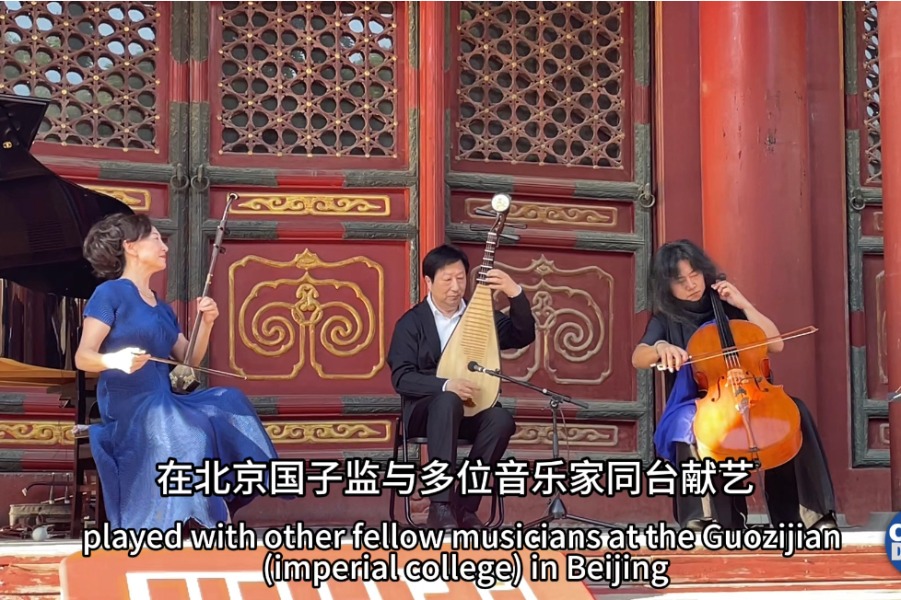Forging bonds beyond borders
China's pairing assistance programs blend intangible heritage with livelihoods, empowering Xinjiang women, Yang Feiyue reports.


In a sunlit workshop in Wujiaqu city, northwestern Xinjiang Uygur autonomous region, a group of women bends over embroidered canvases, their needles flashing as they stitch the rugged beauty of desert poplar trees into vivid life.
Their skill, however, hails from Fanshi county of northern Shanxi province, over 3,000 kilometers away.
This cross-cultural exchange is part of a decade-long initiative blending intangible cultural heritage with targeted poverty alleviation, bringing economic empowerment and cultural renewal to rural women.
It began in 2015, when He Zhijian, a fourth-generation master of Jin embroidery from Fanshi, first arrived in Wujiaqu under a pairing assistance program.
"Local Xinjiang embroidery was bold and rustic, using wool and thick yarns suited for large items like tapestries," He explains.
"But it lacked the refinement for delicate cultural products," he adds.
Fanshi work is characterized by its intricate color gradations, delicate silk threads, and highly refined needlework.
Where Xinjiang embroidery favors bold geometric patterns and vibrant flat color fields, Jin embroidery specializes in subtle shading, fine detail, and pictorial realism, which has often been used for decorative panels, apparel ornamentation, and finely crafted cultural objects.





































